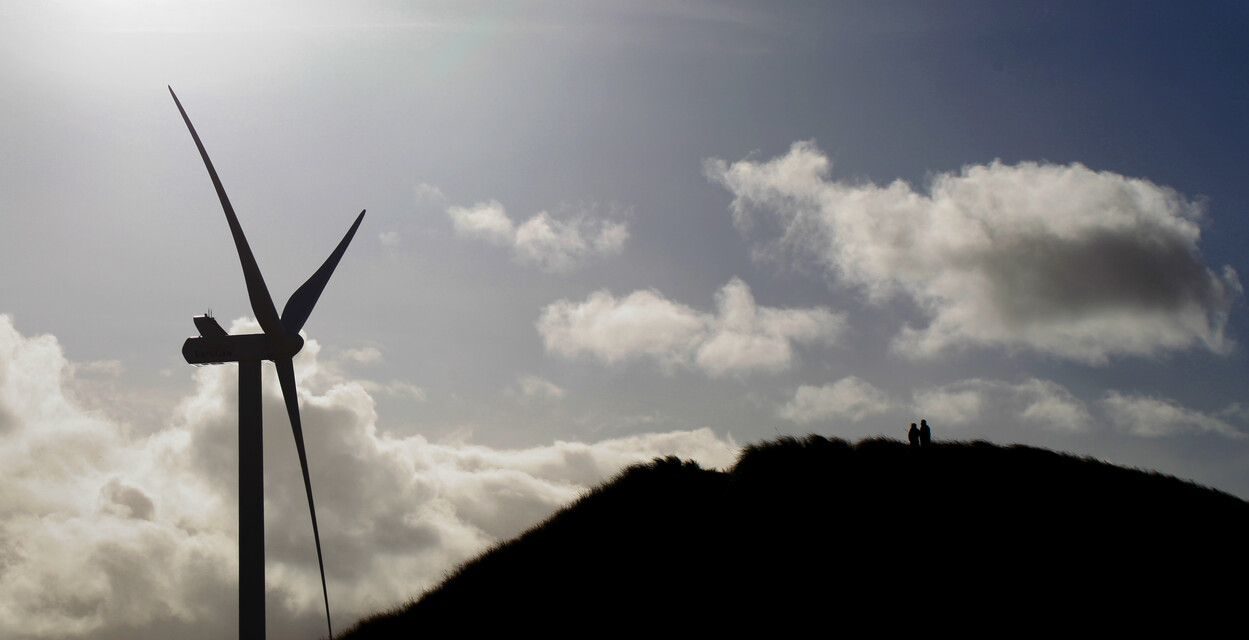Research shows that of the UK’s ten new onshore wind projects installed in 2022, only one project with two wind turbines went fully operational in England.
RenewableUK’s report is based on an analysis by EnergyPulse and highlights the discrepancy between the rapid development of offshore wind and the lagging onshore sector across England, Scotland, Wales, and Ireland.
The report shows that more than ten times as much UK offshore wind capacity was installed in 2022 than was built onshore.
Of the ten new onshore wind projects that were installed in 2022, adding 318 MW, six of the new projects were built in Scotland, one went fully operational in Wales (2.5 MW), one project in England (two turbines, 1 MW in total) and two in Northern Ireland.
This represents less new UK onshore capacity than was built in 2021.
Three major offshore wind projects went fully operational in 2022, adding 3,193 MW of new capacity – a record annual high.
RenewableUK’s Chief Executive Dan McGrail said: “Just two small turbines went operational in England in 2022, so we need to see substantial changes to enable consumers and local communities to benefit fully from the benefits that this popular low-cost technology offers. That means changing the rules which skew the planning system unfairly against onshore wind in England, putting it back on a level playing field so that it can compete fairly against other clean technologies”.
A call for planning reforms
According to RenewableUK, the industry needs urgent planning reforms to enable more onshore and offshore projects to realise.
The current planning system is seen as a major barrier for both onshore and offshore wind, as some project planning applications take up to four years under the current system.
To minimise planning delays for onshore wind, the UK Government announced a consultation in December 2022 on proposed amendments to planning rules in England which could enable more new capacity to be developed in areas where there is public support.
McGrail added: “The latest figures show we made terrific progress in installing a record amount of new offshore wind capacity last year. However, we still need to ensure that the glacial pace of the consenting process is stepped up significantly to stay on track for the quadrupling of offshore capacity that the Government wants to see by 2030 as a key step in strengthening the UK’s energy security.
“In all parts of the UK, including Scotland, investors are highlighting the planning system as a major block on developing onshore new wind farms. Onshore wind is one of our cheapest sources of new power and the Government’s own polling shows that four-fifths of the public support it. But outdated planning rules and lack of resources in planning authorities mean progress and investment are being held back.”

